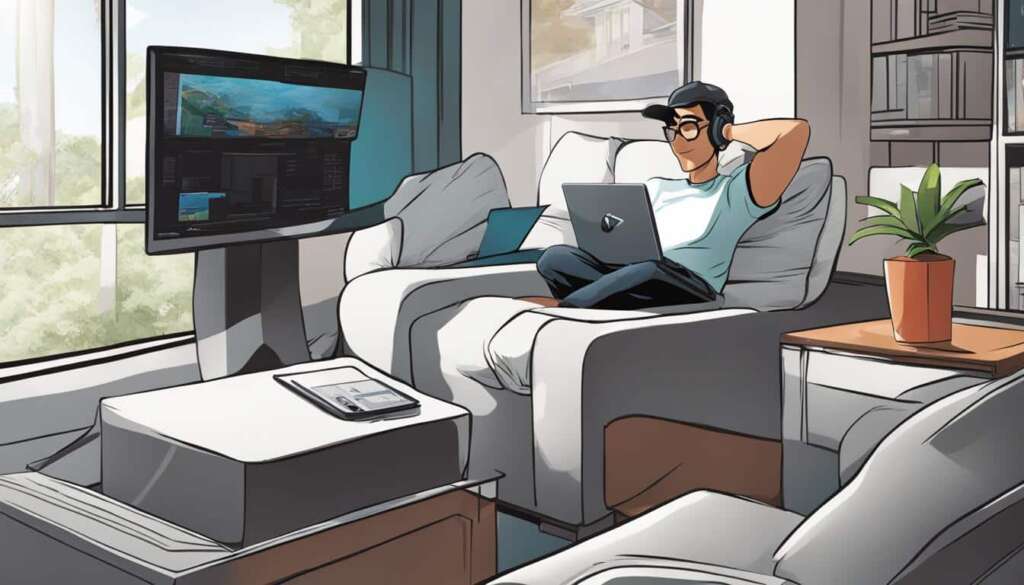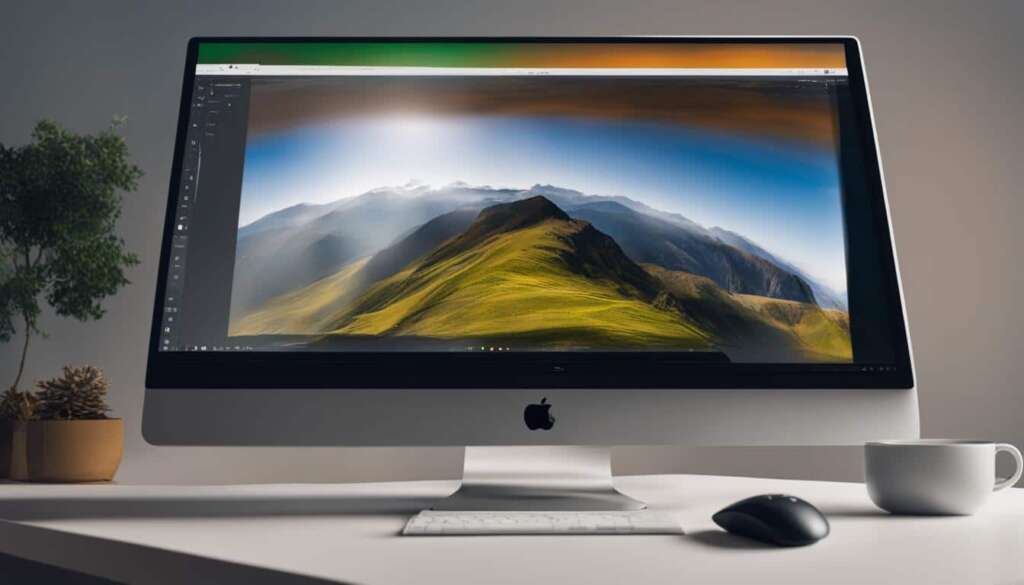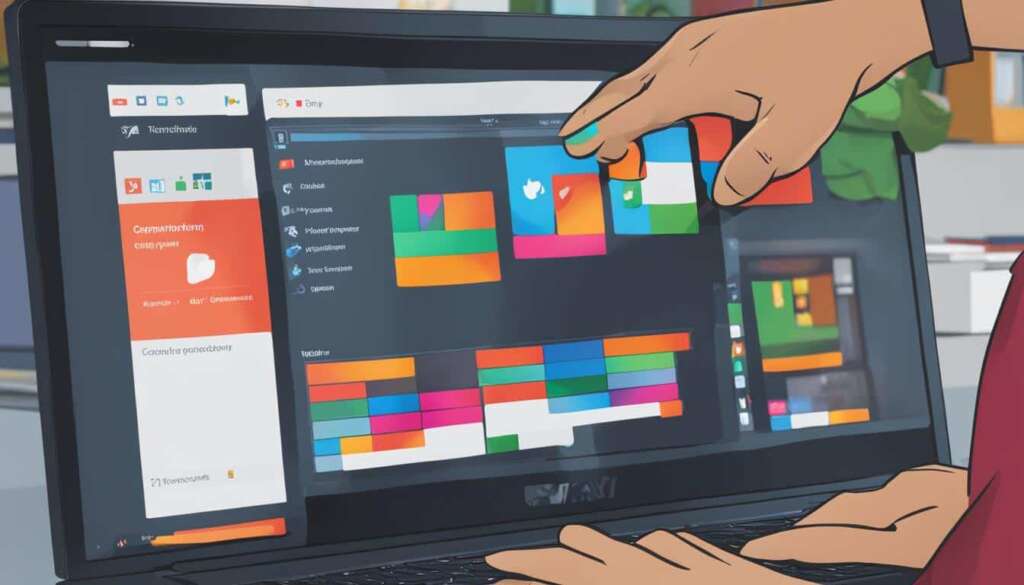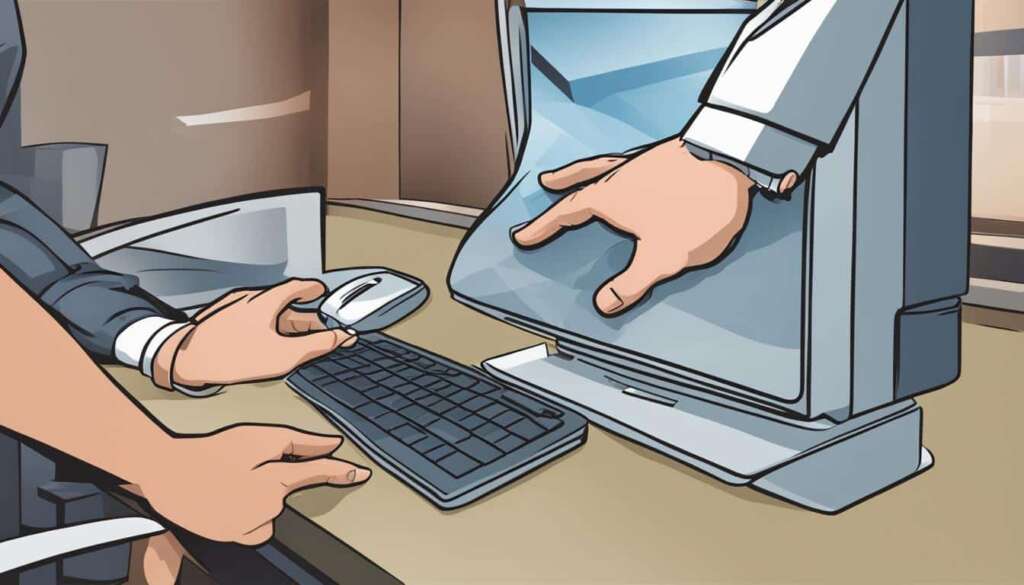Table of Contents
Rotating your PC screen can offer various benefits, including optimizing screen real estate and enhancing productivity. By switching to a vertical screen orientation, you can easily handle tasks such as writing documents, editing photos, and coding. This article provides a quick step guide on how to rotate your PC screen effectively. From adjusting display settings to using keyboard shortcuts, we’ve got you covered.
But first, let’s explore the perks of rotating a computer screen.
Perks of Rotating a Computer Screen
There are several advantages to rotating your computer screen. Firstly, it allows for an increased view of long texts, making it easier to read and edit documents. Additionally, a vertical screen orientation is ideal for viewing and editing portrait images. For coding enthusiasts, rotating the screen enables a better view of long lines of code. Moreover, rotating your computer screen can be beneficial when setting up a multi-display, especially if you have limited desk space. By situating one screen sideways, you can effectively utilize your workspace.
The Benefits of Rotating a Computer Screen:
- Increased view of long texts
- Enhanced viewing and editing of portrait images
- Better visibility of long lines of code for coding enthusiasts
- Efficient utilization of limited desk space in a multi-display setup
Rotating your computer screen can significantly enhance your workflow and productivity. With an increased view of long texts, you can read and edit documents effortlessly. Whether you’re a photographer editing portrait images or a programmer writing code, a vertical screen orientation offers improved visibility and efficiency. Furthermore, if you’re working with multiple displays, rotating one screen sideways frees up valuable desk space and enables seamless multitasking.
| Advantages of Rotating a Computer Screen | |
|---|---|
| Increased view of long texts | You can easily read and edit documents without constant scrolling. |
| Enhanced viewing and editing of portrait images | Portrait-oriented images can be displayed in their native format, allowing for accurate visualization and precise adjustments. |
| Better visibility of long lines of code | For programming tasks, a rotated screen provides a comprehensive view of lengthy code snippets, reducing the need for horizontal scrolling. |
| Efficient utilization of limited desk space in a multi-display setup | By rotating one screen sideways, you can optimize your workspace and accommodate multiple monitors without clutter. |
Rotating your computer screen can bring numerous benefits, from increased viewability to improved multitasking capabilities. So why not give it a try and experience the advantages firsthand?
How to Rotate a Computer Screen
Rotating your computer screen on Windows is a simple process that can be done in just a few steps. Whether you’re using Windows 7, 8, 10, or 11, there are multiple ways to change the screen orientation to suit your needs.
If you’re using Windows 7 or 8, start by right-clicking on your desktop and selecting “Screen resolution.” From there, you can choose the “Portrait” option from the drop-down menu, which will rotate your screen to a vertical orientation. Alternatively, you can access display settings through the start menu by clicking on “Settings,” then “Appearance and personalization,” and finally “Display.”
For Windows 10 and 11 users, the process is similar. Simply right-click on the desktop and select “Display settings.” From there, you can choose the desired orientation, such as “Portrait,” from the drop-down menu. This will instantly rotate your screen to a vertical position, optimizing your screen real estate.
If you prefer using keyboard shortcuts, you’re in luck. Pressing “Ctrl + Alt + Arrow key” allows you to rotate or flip your screen quickly. This shortcut works in all versions of Windows and provides a convenient way to adjust your screen orientation on the fly.
FAQ
How do I rotate my PC screen?
To rotate your PC screen on Windows, right-click on your desktop, select “Screen resolution,” and choose the “Portrait” option from the drop-down menu. Alternatively, you can access display settings through the start menu by clicking on “Settings,” then “Appearance and personalization,” and finally “Display.” In Windows 10 and 11, you can right-click on the desktop, select “Display settings,” and choose the desired orientation from the drop-down menu. You can also use keyboard shortcuts such as “Ctrl + Alt + Arrow key” to rotate or flip your screen.
What are the benefits of rotating my computer screen?
Rotating your computer screen offers several advantages. Firstly, it allows for an increased view of long texts, making it easier to read and edit documents. Secondly, a vertical screen orientation is ideal for viewing and editing portrait images. For coding enthusiasts, rotating the screen enables a better view of long lines of code. Additionally, rotating your computer screen can be beneficial when setting up a multi-display, especially if you have limited desk space. By situating one screen sideways, you can effectively utilize your workspace.












